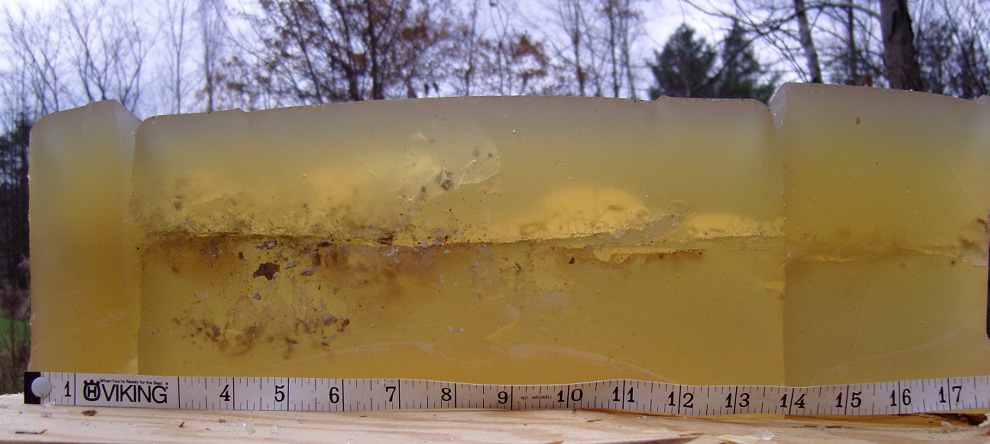Among the many types of articles featured on this site, some of my favorites to compose are based on terminal performance tests of various kinds of ammunition. Not only do projects of this nature yield visually interesting results, but they can also yield valuable information on how a projectile is likely to perform in a hunting or personal defense situation.
Since the nature of my terminal performance test are very different from those done by a professional lab, I thought a quick FAQ piece explaining my process would be a worthwhile exercise.
Q: Are your tests scientific in nature?
A: No. In order to make my terminal performance tests scientifically valid, I would have to fire each round tested into multiple gelatin blocks and then calculate averages and standard deviations for various aspects of the results. While I would love the opportunity to be so meticulous, I simply cannot afford the amount of materials necessary for scientific testing. Additionally, without a climate controlled indoor ballistics lab, keeping environmental conditions from skewing results is impossible.
Q: If your tests aren’t scientific, why bother with them?
A: First and foremost, firing bullets into things and observing the results is just plain fun. It’s the grownup analogue to melting glass bottles in the coals of a campfire or putting pennies on railroad tracks (don’t do the latter as it could possibly derail the train.) Subjecting materials to extreme conditions is simply interesting. Second, even non-scientific testing can yield useful information about a load if results are compared directly to another projectile. For example, if I want to know if my handloaded, home-cast 12 gauge slug load will penetrate deeper than a factory slug in a given test medium, the only way to answer the question is to fire both rounds into the same batch of medium on the same day.
Q: Is a bullet’s performance in a test medium indicative of performance on a game animal?
A: Yes and no. Game animals are composed of a variety of different tissues of varying densities that cannot be easily simulated with inanimate material. That being said, like most animal tissue, blocks of 10 percent density (or greater) gelatin are elastic and comprised mostly of water and is the closest reasonable tissue analogue available.
Q: What does your test setup look like?
A: Basically, it’s a ten percent density gelatin block approximately 12-inches in length backed up by a bullet arrestor box full of ballistic wax (which is wax that has been made soft and malleable by various additives). I know from experience that while 12-inches of ten percent gelatin won’t stop most centerfire rifle and pistol rounds, it will provide a record of the widest part of the cavity created by the bullet. The wax backer blocks – which are highly effective at stopping a bullet that has already defeated a gel block – finish the job by bringing the projectile completely to a halt. Results are then measured by adding the amount of gel the bullet penetrated to the amount of wax penetrated. In some instances, a chronograph may be placed in front of the test setup to measure impact velocity.
Q: What sorts of ammo do you test?
A: Pretty much every category of ammo I can get my hands on. That being said, I will focus mostly on testing loads that are new, unusual, or assembled by me at my workbench. Most common factory loads are tried and true for their intended purposes, so it’s a little redundant at this point to run them through gel blocks. However, common factory ammo will be occasionally tested alongside more exotic ammo and will act as a basis for comparison. (293)



